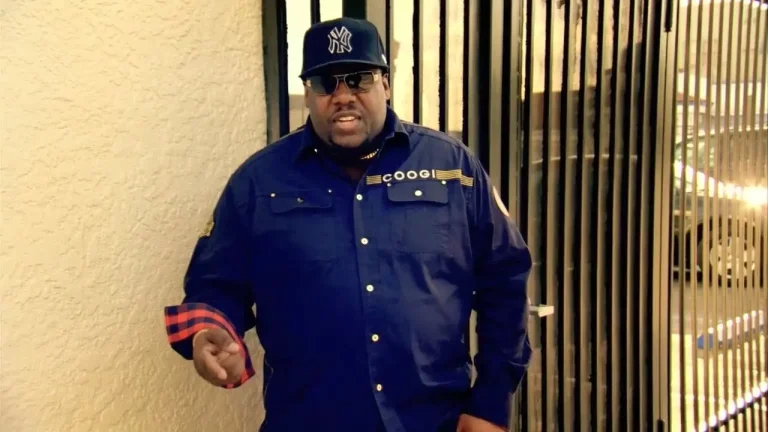Crisis Day One: Avoid the 3 Biggest Mistakes Organizations Make
When the heat is on, you can easily get burned—so avoid these common pitfalls
Every day, communication professionals go to work with a rough idea of how the day will unfold.
You’ll attend a staff meeting, develop a pitch plan for a new product, check in with your direct reports, meet with consultants on the website redesign—plus a conference call or four woven throughout. You know, the usual.
But on any given day, a crisis could blow your schedule to smithereens.
You’re suddenly under the gun, forced to draft messages, field reporter calls and juggle a dozen other urgent tasks in an adrenaline-fueled frenzy. It’s an opportunity to shine—your organization needs effective communications today more than ever—but it’s also a serious challenge. Make a mistake, and everyone will notice—because everyone is watching.
Day one of this crisis will go much more smoothly if you’ve prepared for it. (That’s really the biggest mistake organizations make when it comes to crisis communications: thinking they won’t need a plan.) Setting that aside, let’s focus on three common mistakes organizations make in the early hours of a crisis:
1. Clamming up. When you’re alerted to a crisis, the first steps are to activate your team and to find out what happened. The Hippocratic Oath rules: First, do no harm. You’ll need the basic facts—who, what, when and where—before you can decide if and how to respond.
If the crisis has gone public, you need to say something within the first hour. In the social media age, silence is deafening. It sends all the wrong signals and allows your critics to project their own interpretations, such as:
- “Do they not even know what’s happened?”
- “Are they confused about what to do?”
- “Did they do something wrong, and they don’t know how to explain it?”
None of these are a good look.
Within the first hour, post a holding statement on social media channels and your website that makes it clear that you’re aware of the crisis and will have more information or comment soon. At this point, that’s all you need. It tells your stakeholders, “We’re on it,” and it buys you time to develop a more detailed response.
It doesn’t buy you forever, though. Too many organizations take too long to follow up. Depending on the severity and type of crisis, you’ll need to follow up with a detailed statement that:
- Establishes a basic narrative about the crisis from your organization’s point of view
- Expresses compassion for anyone harmed, regardless of who was culpable
- Provides practical information stakeholders may need
- Takes responsibility for finding out more and providing further information. (Keep in mind: If you did something wrong and are going to end up saying so, the earlier the better.)
Too often, organizations turn into turtles on day one, hiding under a shell of legalistic caution. It’s a mistake. It allows others to establish the narrative, and it just looks bad. Don’t underestimate how much silence can hurt your business—or overestimate how much some straightforward talk up front can help.
2. Forgetting what “reputation” means. News flash: Your organization’s success and failure depends on what your stakeholders think of you. Reputation is no more complicated than that. A crisis is a high-stakes test of the durability of that reputation. Customers, members, employees, the media, shareholders, the community—whoever your stakeholders are—will be watching carefully to see if your organization stays true to its stated values in the harsh glare of the spotlight.
Regardless of what happens in a particular crisis, the story that you tell about yourself before the crisis must be consistent with the story you tell during and after the crisis.
Say you sell ice cream sandwiches. If your brand identity includes caring deeply about the quality of your ingredients, you have to act and communicate according to those values during a crisis involving a food safety issue. Your lawyers will advise saying as little as possible to avoid liability. However, legal liability isn’t the only risk you face. If the moms and dads who buy your product see you hiding behind defensive, lawyerly statements—rather than acting decisively and communicating clearly—they’ll be far less likely to trust you in the future.
One way to think about crisis communications is that it’s a chapter in the ongoing story of your organization. The chapter may involve a setback or even a mistake, which happens in every great story, but if the overall narrative remains on track, your stakeholders will keep the faith. If you want a happy ending, don’t let the crisis be a detour that takes you in an unintended direction. Many stories also have a bad guy and that’s not what you want for your organization.
3. Going it alone. Every crisis is unique. Even with a thorough, detailed crisis communications plan, your team’s workload will ramp up considerably during the crisis. You’ll need help handling the workload. Whether the extra support comes from within your organization or from the outside, you should start lining them up on day one.
First, it takes organizations a lot of effort simply to collect the facts and assemble them in an orderly way. This includes not only the content of the crisis itself but the context: the background facts that will inform your narrative and help you answer questions. I’ve seen many clients’ senior comms team members spend hours of valuable time on the phone and reading documents just to understand complex issues to allow them to write talking points providing background on a crisis. That’s in addition to the nuts-and-bolts work of addressing the immediate crisis itself.
The amount of messaging materials you’ll need differs considerably from crisis to crisis; you could be busy all day drafting statements, talking points, Q&As, difficult Q&As, speeches, op-eds, you name it—and tailoring each one for different audiences.
Second, a high-profile crisis can overwhelm your normal media relations process. The problem is not only the volume of media inquiries but the nature of them: difficult questions, unexpected angles, possibly new information that you’re hearing for the first time. Fielding inquiries and interview requests, strategizing about how to handle them, drafting answers and prepping spokespeople—it’s a lot.
You’ll also need increased media monitoring, including multiple social media platforms. After stories appear, you’ll often need to follow up with the reporter to correct misinformation or mistakes. Beefing up your media relations capabilities is essential, and you may need to stay on war footing for weeks or even months.
Third, good crisis communication involves listening. It’s a two-way street. To make sure stakeholders are receiving the messages you’re sending, someone in your organization must keep them in the loop—either directly, via conversations or opinion research, or indirectly by carefully monitoring their communications channels. When you get feedback, adjust your messages accordingly.
All of this listening, in a climate in which you have little time to do so, takes time and effort, but it’s essential to maintaining the trust and regard of your most important stakeholders.
The bottom line: Don’t go it alone. If the crisis is serious enough to damage your reputation, it’s worth devoting resources to address it the right way.
Nick Lanyi is an affiliate consultant with Ragan Consulting Group, helping clients craft stories that move audiences to act. An independent writer and communications consultant, he led the public affairs practice in the Washington, D.C. office of Porter Novelli and was managing director at public affairs boutique LMG.
Contact our client team to learn more about how we can help you with your communications. Follow RCG on LinkedIn and subscribe to our weekly newsletter here.







